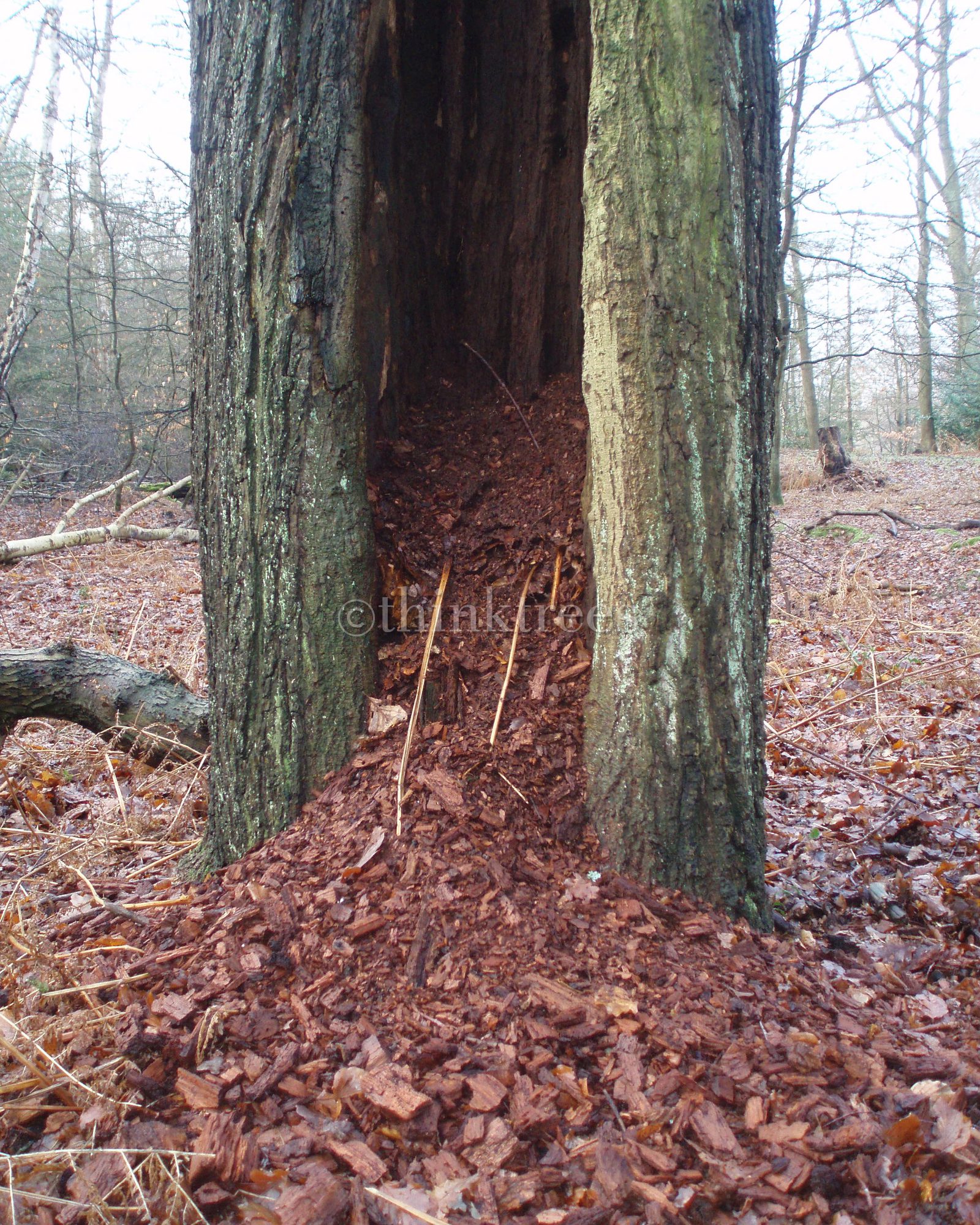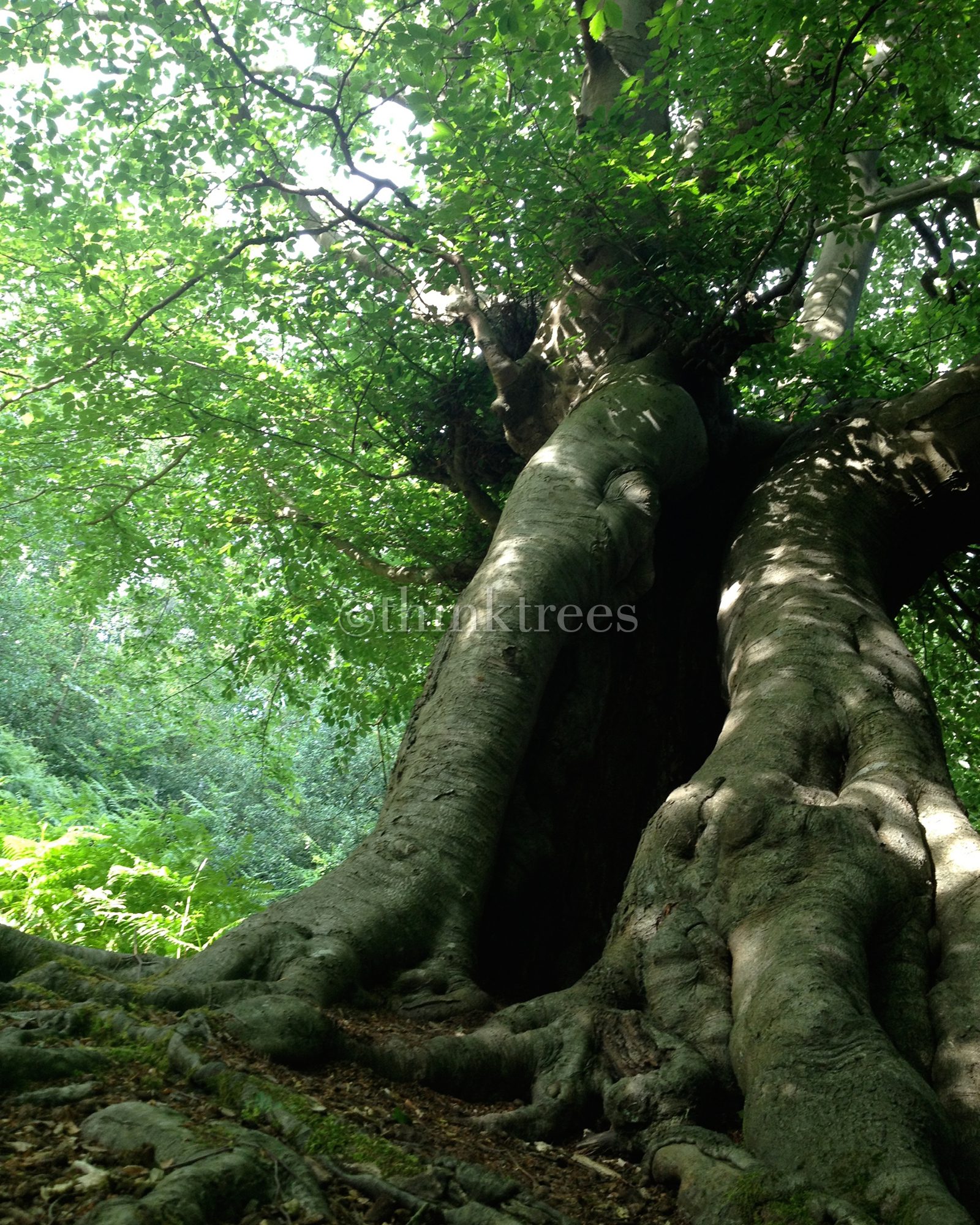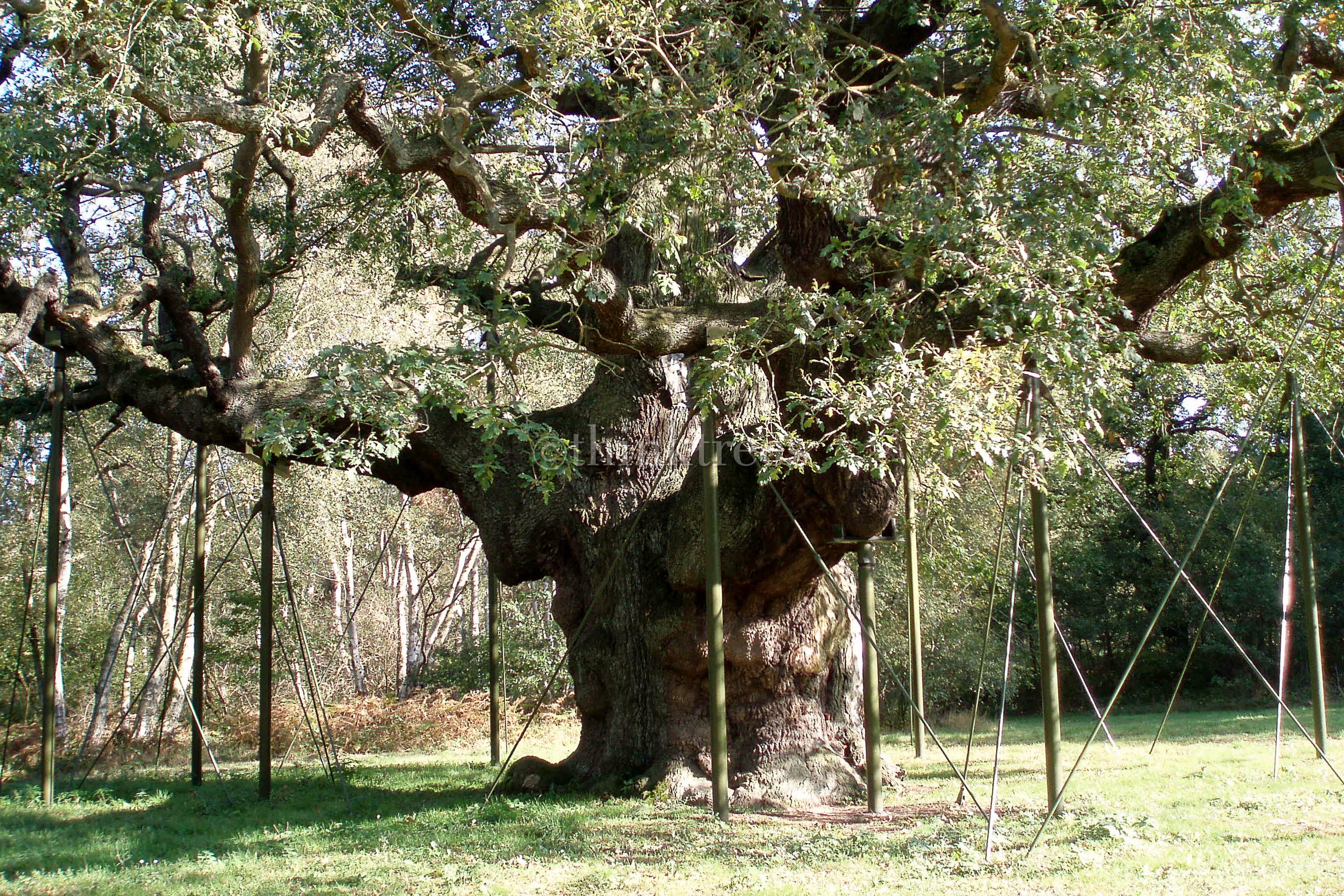Veteran tree management
Some trees are of particular importance in terms of the diversity of wildlife that they support. Trees that possess characteristics such as crown retrenchment (the crown dying back and becoming more compact), hollow trunks, water pools, large quantities of deadwood and crevices in the bark are generally referred to as ‘Veteran’. Another term is ‘Ancient’. However, the two terms are not interchangeable. Although ancient trees are likely to possess veteran characteristics, and therefore can also be referred to as ‘veteran’, many veteran trees may not necessarily be old enough to be considered ancient.
Ancient and other veteran trees often require some form of management to ensure their longevity and to maintain the value associated with them. A management regime for a population of these special trees can only be developed following a veteran tree survey. This may involve recording the locations of the trees, categorising them in terms of their vitality and/or structural condition and identifying the method of previous management, such as pollard, coppice or coppard.
On completion of the survey, the information is evaluated and a management plan devised. This will usually include separate management plans for individual trees, as the structural and physiological condition of veteran and ancient trees can vary enormously within a population. The types of management detailed in these plans might include pruning the tree or simply managing the vegetation and/or land around it, for example to prevent excess shading and competition.


Pruning of ancient and other veteran trees may be required to reduce the risk of catastrophic collapse or the loss of significant parts. It often involves specialist techniques that mimic natural fractures of branches to enhance habitats that are associated with decay in branch stubs. Ancient and other veteran trees are commonly located within areas that are environmentally sensitive. Consequently, a great deal of care and expertise is required to ensure that when tree works are carried out, they do not have a detrimental effect on other habitats that may exist nearby.
We can assist in all aspects of veteran tree management, from locating and mapping them to producing management plans and implementing work programmes.
Contact us for more information or to discuss your requirements


